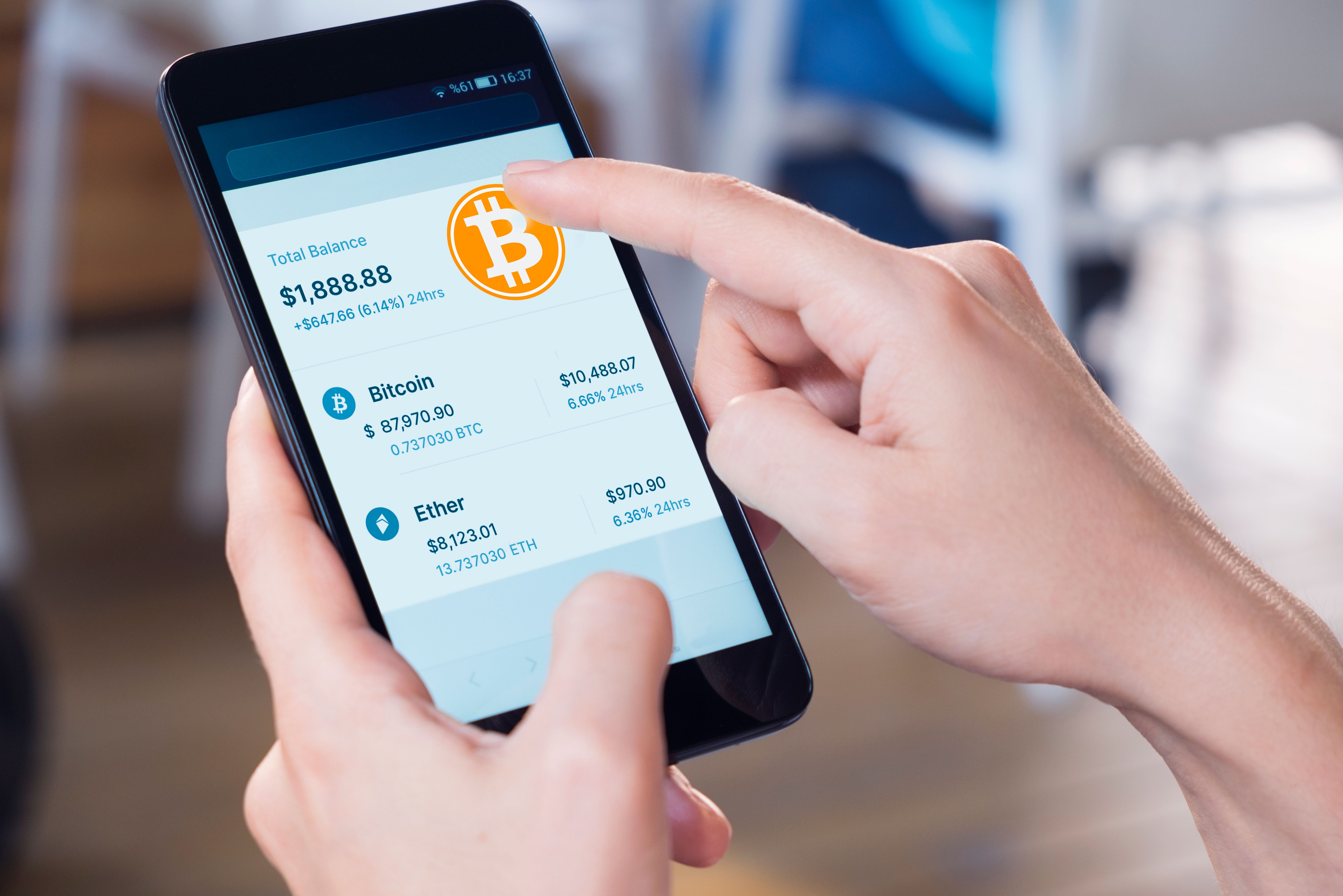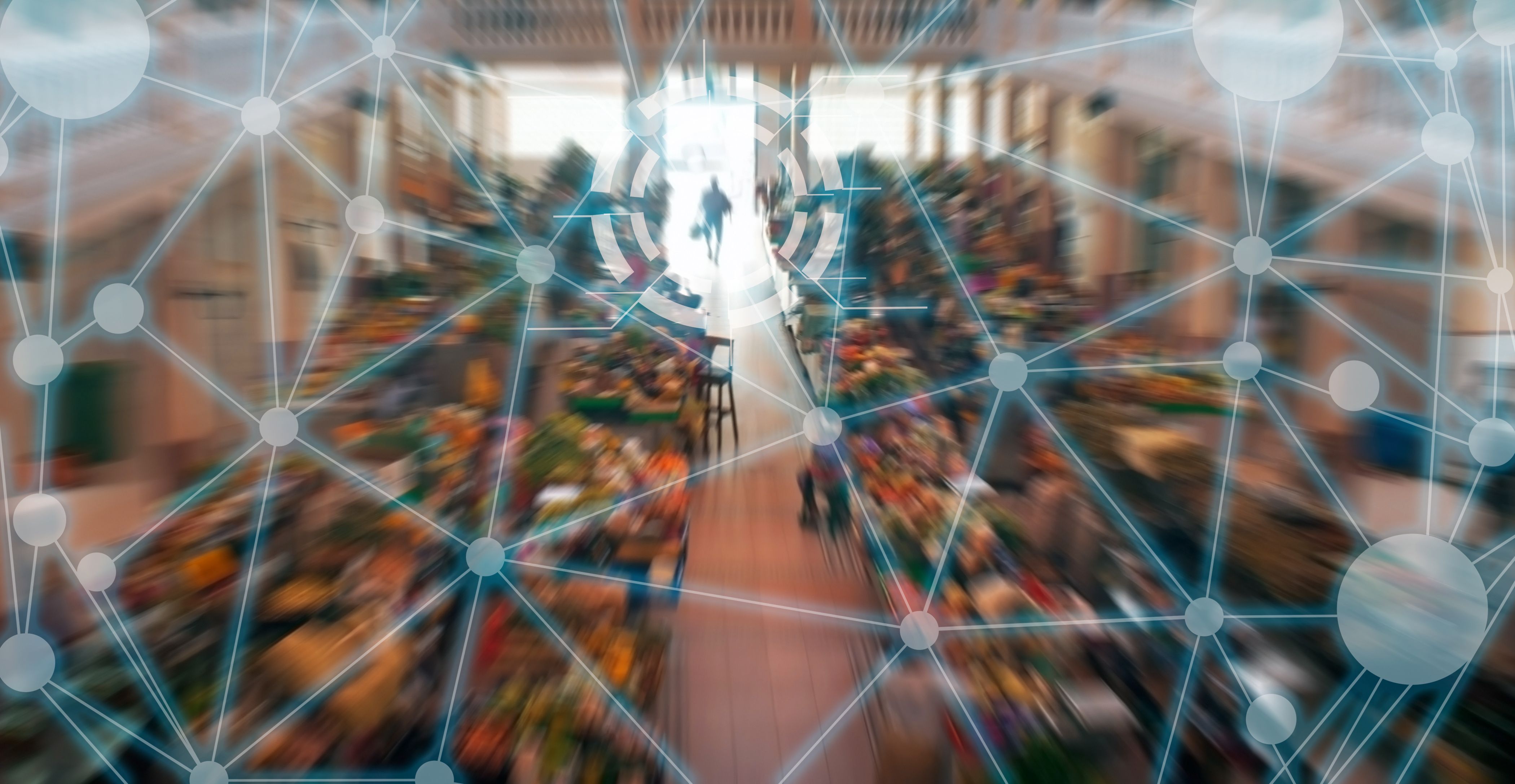The Future of Shopping: Buying Groceries with Cryptocurrency
The Intersection of Cryptocurrency and Grocery Shopping
In recent years, the way we shop for groceries has transformed dramatically. From the rise of online grocery shopping to the emergence of automated delivery systems, the industry is no stranger to innovation. One of the most intriguing developments on the horizon is the integration of cryptocurrency as a payment method in grocery shopping. This digital currency is not just a buzzword anymore; it’s becoming a viable option for everyday transactions.
Cryptocurrency provides a decentralized and secure way to conduct financial transactions, making it an attractive option for consumers and businesses alike. As more people become comfortable with digital currencies, it's only natural that they start exploring ways to use them for daily needs, including grocery shopping.

The Benefits of Using Cryptocurrency for Groceries
There are several advantages to using cryptocurrency for purchasing groceries. Firstly, it offers enhanced security. Transactions made with digital currencies like Bitcoin or Ethereum are encrypted and stored on a blockchain, reducing the risk of fraud. Additionally, cryptocurrency transactions can be processed swiftly, eliminating the waiting period often associated with traditional banking methods.
Another key benefit is cost efficiency. Traditional payment systems often involve transaction fees that can add up over time. Cryptocurrencies typically have lower fees, making them a more cost-effective option for both consumers and retailers. This could translate to savings on your grocery bill.
How Grocery Stores are Adapting
Grocery stores are beginning to recognize the potential of cryptocurrency and are adapting to accommodate this new form of payment. Some retailers have already started accepting popular cryptocurrencies, while others are in the process of implementing the necessary infrastructure. This shift not only caters to the tech-savvy segment of consumers but also positions these stores as forward-thinking establishments.
To accept cryptocurrency, stores need to integrate digital wallets and payment gateways into their existing systems. This technological adaptation requires an initial investment, but the potential benefits in terms of customer satisfaction and competitive advantage make it worthwhile.
Challenges and Considerations
Despite its benefits, there are challenges associated with using cryptocurrency for grocery shopping. One major concern is volatility. Cryptocurrencies are known for their price fluctuations, which can impact purchasing power. Consumers and retailers need to be aware of these risks and consider them when deciding to use digital currencies.
Additionally, the regulatory environment surrounding cryptocurrencies is still evolving. Changes in regulations could affect how cryptocurrencies are used in everyday transactions. Both consumers and businesses need to stay informed about these developments to ensure compliance and avoid potential legal issues.

The Role of Technology in Facilitating Change
Technology plays a crucial role in facilitating the use of cryptocurrency in grocery shopping. Innovations such as mobile apps and smart contracts can streamline the process, making it easier for consumers to pay with digital currencies. These technologies enhance user experience by simplifying transactions and providing real-time updates on currency values and balances.
Furthermore, as more companies invest in blockchain technology, the infrastructure supporting cryptocurrency payments will continue to improve. This could lead to wider adoption and greater acceptance among both consumers and retailers.
The Future Outlook
The future of shopping with cryptocurrency looks promising. As more people become familiar with digital currencies and their benefits, it's likely that we'll see broader adoption in various sectors, including groceries. The convenience, security, and cost-effectiveness of cryptocurrency make it an attractive option for modern consumers looking for alternative payment methods.
As we move forward, it's essential for both consumers and businesses to stay informed about the latest trends and developments in cryptocurrency. By doing so, they can make informed decisions that align with their financial goals and lifestyle preferences.
